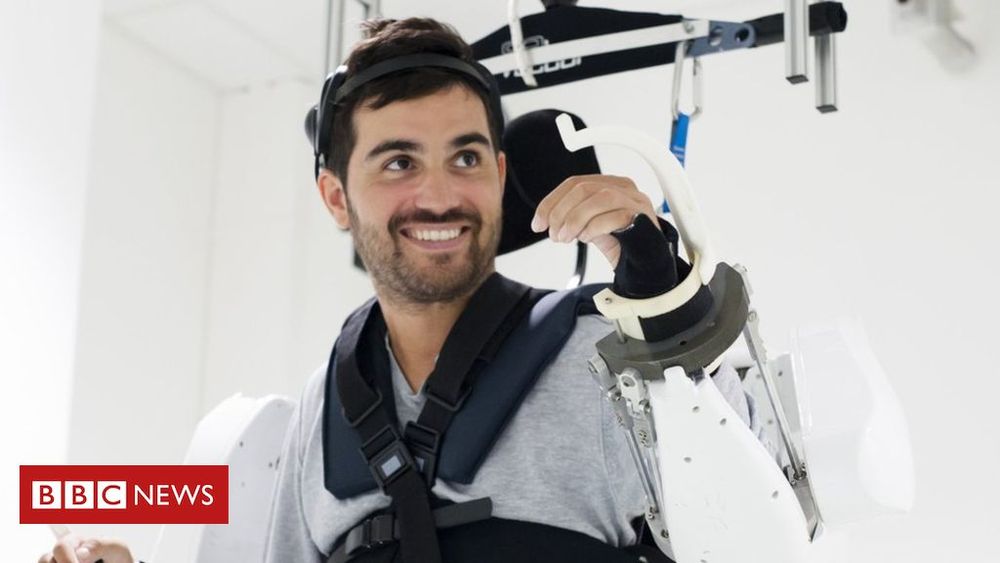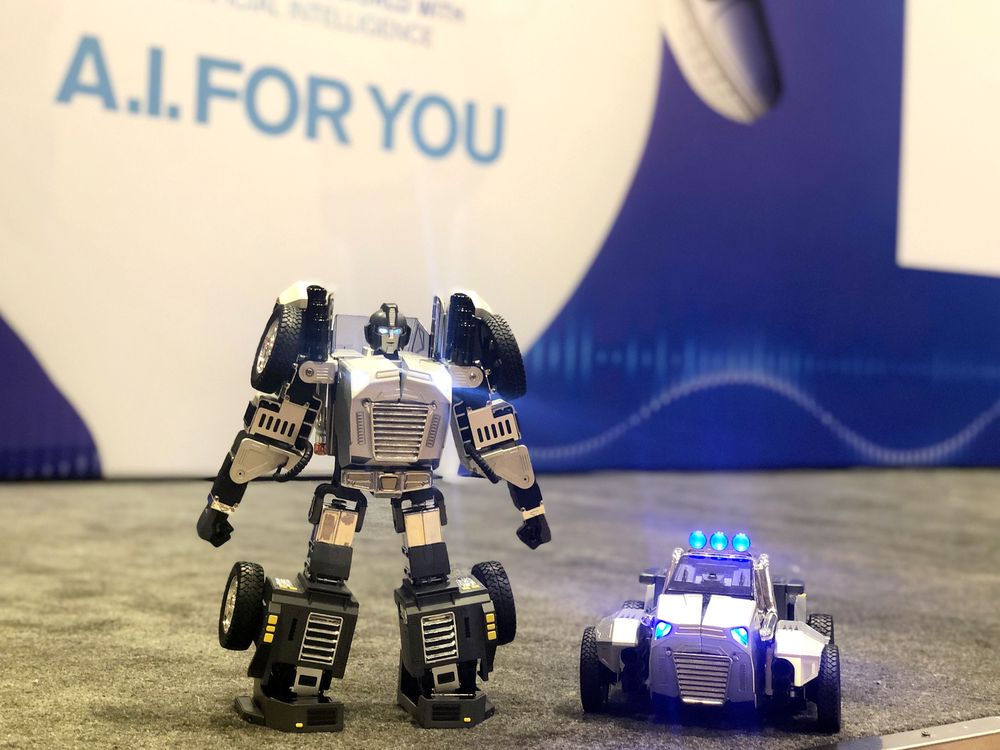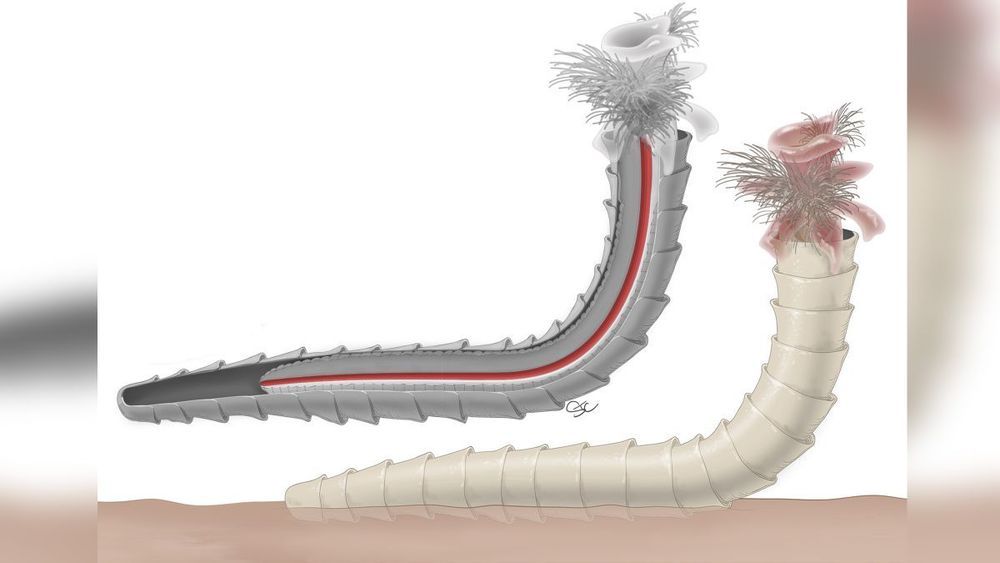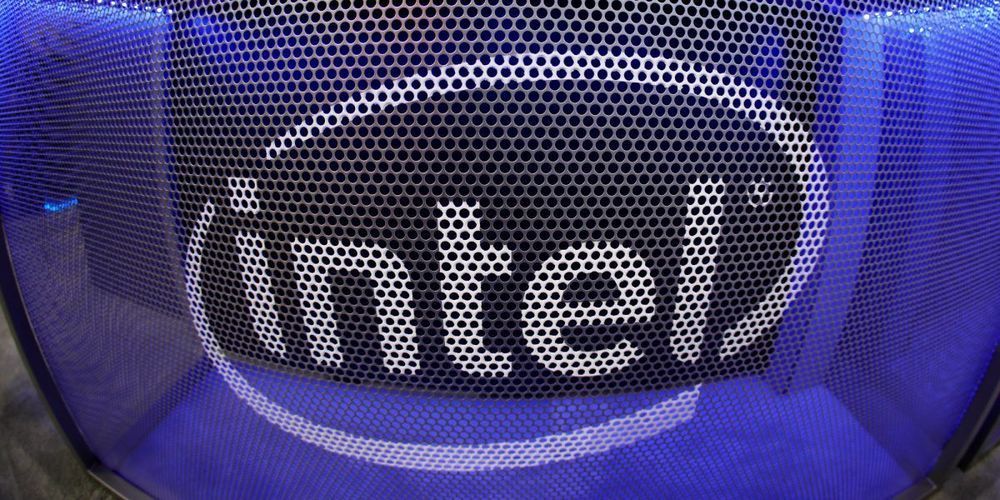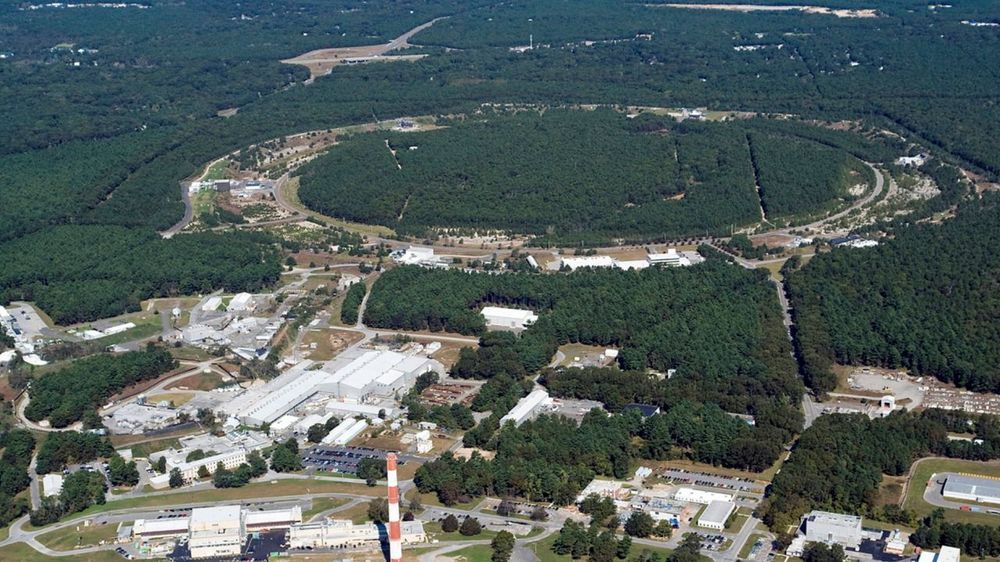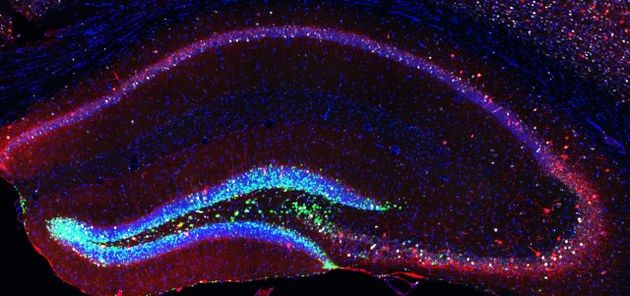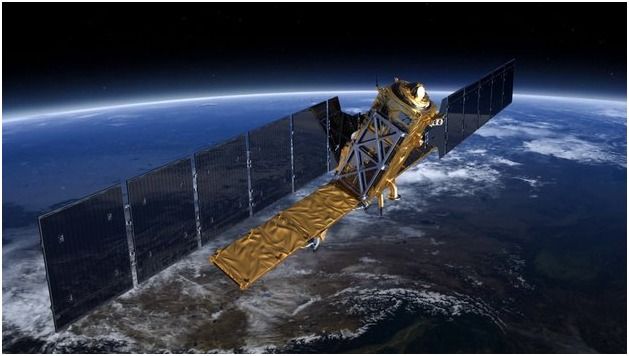Jan 10, 2020
Researchers decipher a new way that immune cells detect infections and cancers
Posted by Paul Battista in categories: biotech/medical, innovation
Published today in Science, the research team from the Peter Doherty Institute for Infection and Immunity (Doherty Institute), the Olivia Newton-John Cancer Research Institute and CSL Limited say this breakthrough of discovering how gamma-delta T cells become activated addresses a question that has baffled scientists for 25 years.
The study by University of Melbourne’s Marc Rigau, Ph.D. student at the Doherty Institute, was co-led by Dr. Adam Uldrich, a Senior Research Fellow at the Doherty Institute, Professor Dale Godfrey a laboratory head at the Doherty Institute, and Dr. Andreas Behren, a Laboratory Head from the Olivia Newton-John Cancer Research Institute.
Dr. Uldrich explained that gamma-delta T cells are known to respond to the presence of small molecules, known as phosphoantigens, that are produced by bacteria and cancer cells.

